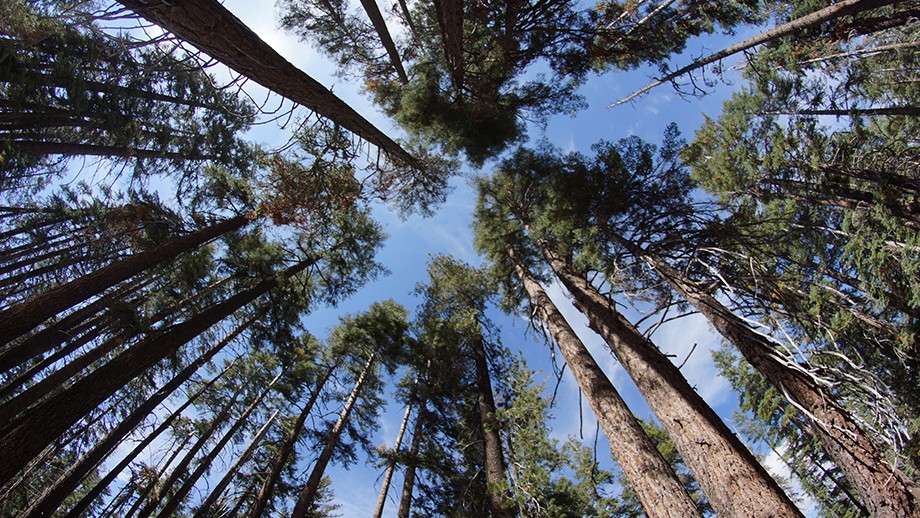Large old trees under climate threat
Researchers have found large old trees need greater long-term protection from the threat climate change and logging if they are to be saved for future generations.
Professor David Lindenmayer from The Australian National University (ANU) said greater steps are needed to protect populations of large old trees with long term conservation strategies, or there will be few places on Earth suitable for these giants.
“Large old trees have a huge range of ecological and cultural values and these will be eroded badly if we don’t better protect trees,” said Professor Lindenmayer from the ANU Fenner School of Environment and Society.
The research looked at large old trees all over the world, including Australia’s manna gum and mountain ash trees and America’s giant sequoia. Large old trees are in the top five per cent of the size range for their species.
Increased logging, fires, invasive species, disease and other causes are changing the conditions which enabled the trees to grow to an enormous size.
Professor Lindenmayer said conservation programs needed to be planned and run for centuries to ensure greater protection for the giants of the forest.
“There are many places where we are still deliberating cutting down trees that are hundreds if not thousands of years old, something that will take centuries to reverse,” Professor Lindenmayer said.
“Conserving these trees will require special policies and big changes in the way we manage forests, cities, agricultural land,” said Professor Lindenmayer.
Co-author Distinguished Research Professor Bill Laurance from James Cook University said the giant trees have become victims of their own success.
“Big old trees need long periods of stability to survive, but that is becoming a very rare thing in our rapidly changing world,” he said.
“Personally, I hate the thought that my children might not be able to gaze in awe at a cathedral-like tree crown,” said Professor Laurance.
The research has been published in Trends in Ecology & Evolution.

